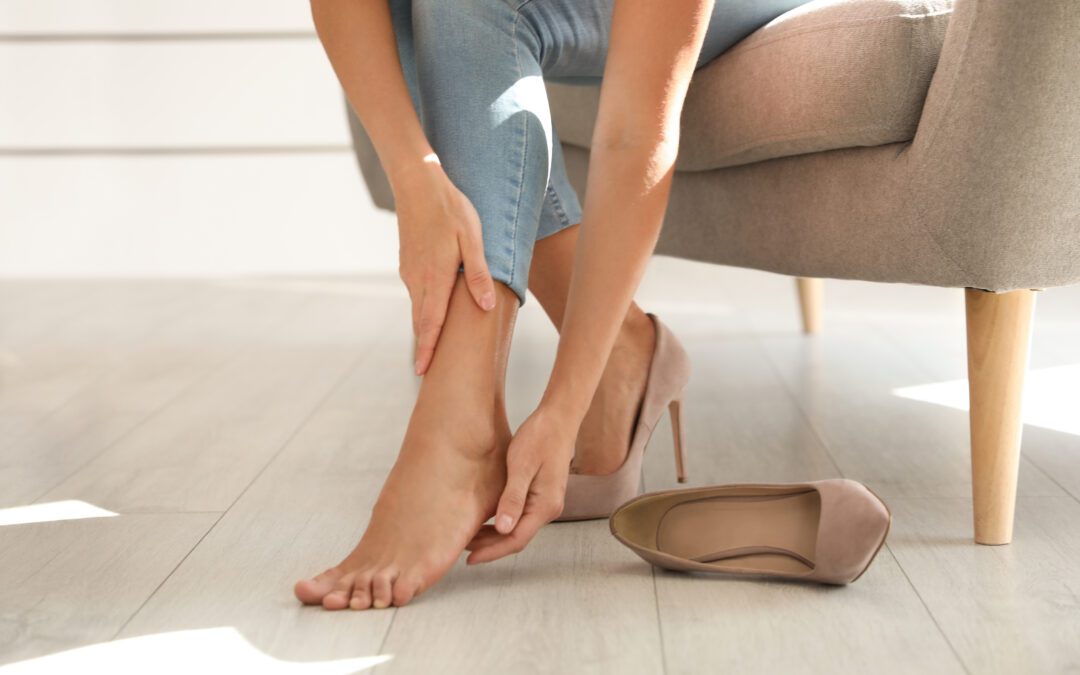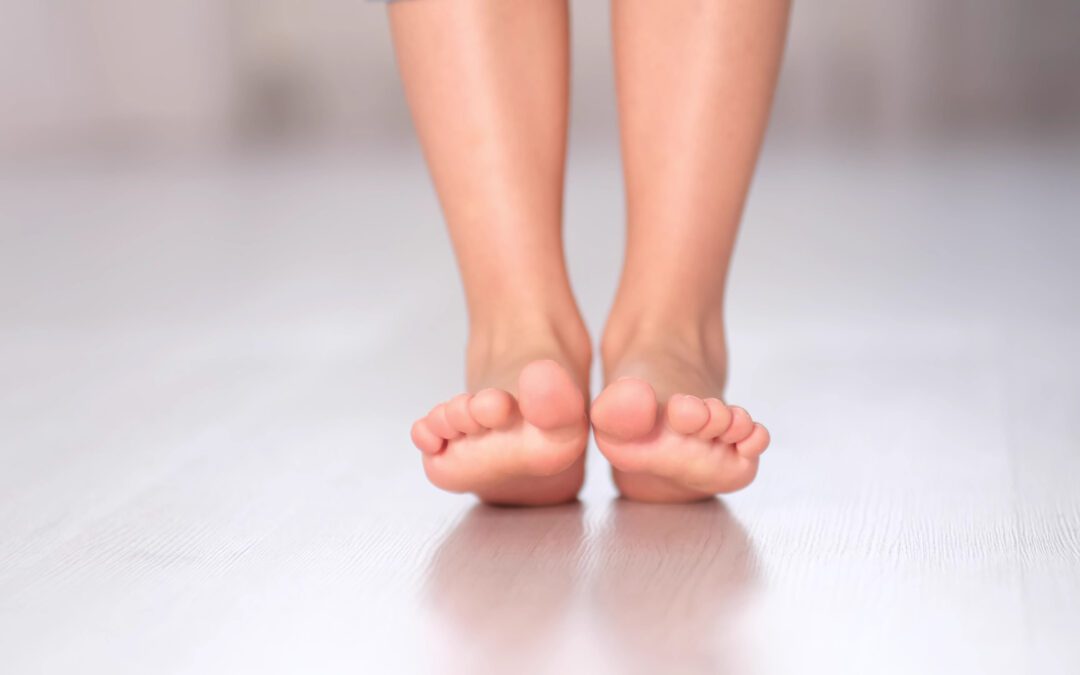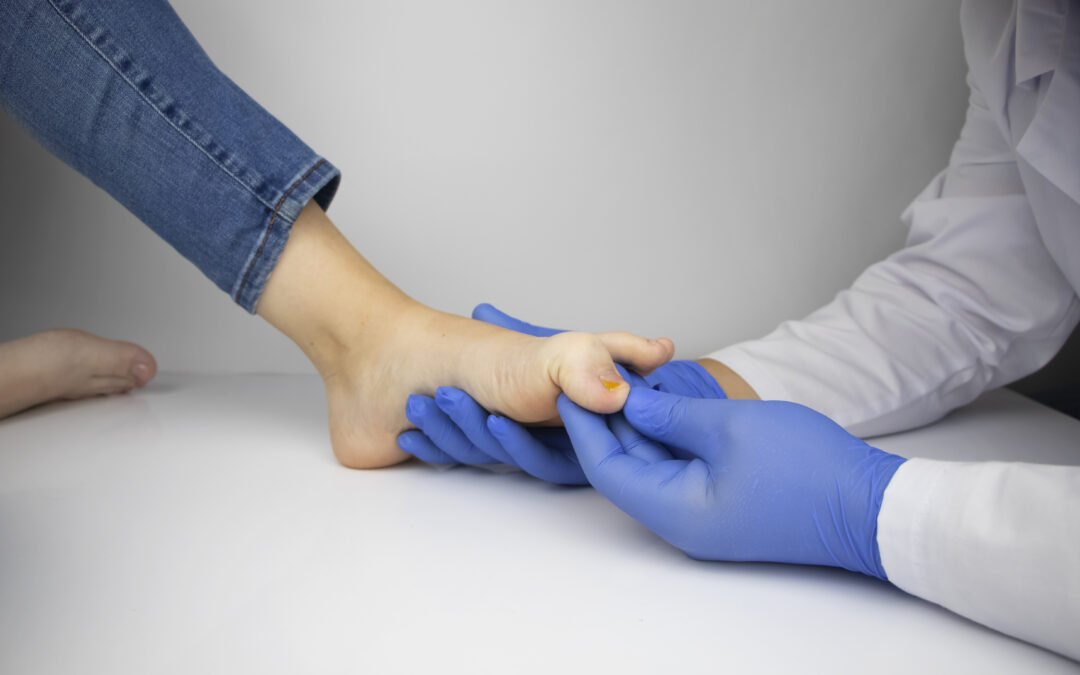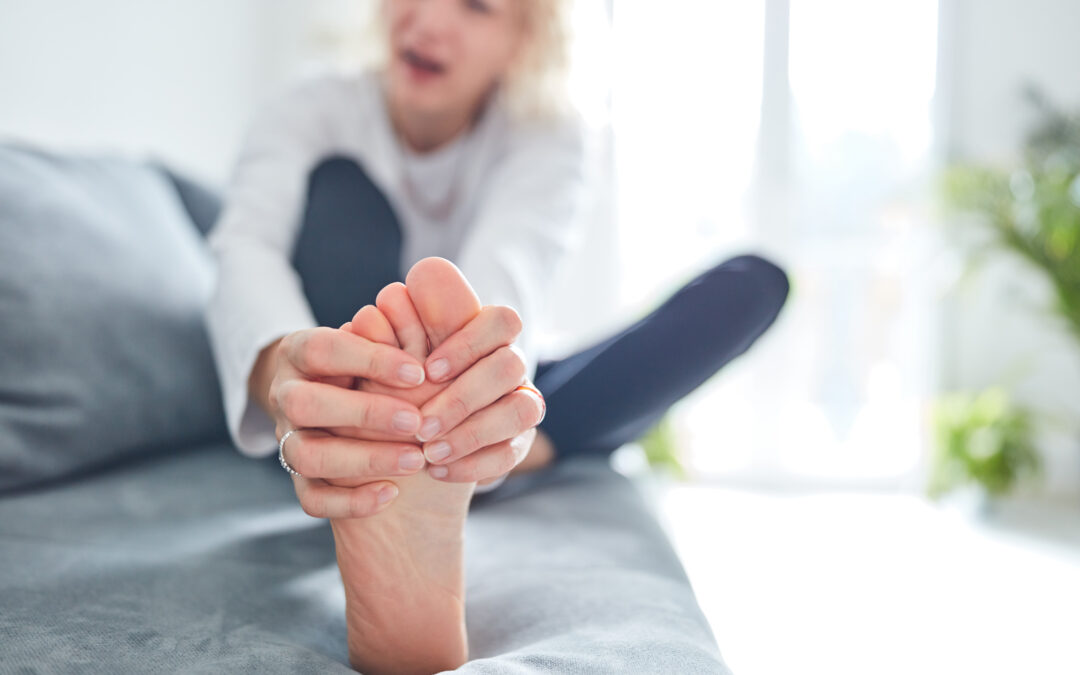Can Wearing High Heels Result in Bunions?
High heels are a staple of many women’s shoe collections, prized for their aesthetic appeal despite their often-uncomfortable nature. However, the potential long-term consequences of wearing high heels may include the need for bunions surgery.
When choosing a new pair of heels, it’s common for women to prioritize appearance over comfort. But it’s important to consider the potential risks associated with high heels, including the development of painful bunions.
While high heels can enhance one’s fashion sense, wearing poorly fitting high heels can lead to foot problems that may ultimately result in bunions and excruciating pain. In severe cases, surgery may be necessary to address the issue.
Before delving further into the subject, it’s important to understand what bunions are and how they form.
What Are Bunions?
Bunions refer to the development of a bony protrusion, typically on the inside of the foot at the base of the big toe. This growth is a gradual process and worsens over time.
In more technical terms, bunions occur when the bones of the metatarsophalangeal joint become misaligned due to excessive pressure on the big toe joint. The big toe, unable to bear this pressure, eventually leans on the second toe for support, leading to a change in the bone structure and the formation of a bump.
While bunions usually develop at the base of the big toe, they can also appear on the outer edge of the pinky toe, referred to as a bunionette or Tailor’s bunion.
What Leads to the Development of Bunions?
Bunions are more prevalent among women than men, and often result from wearing ill-fitting shoes. The primary causes of bunions are:
- Tight shoes with narrow toe boxes, such as high heels or shoes that are too small
- Genetics or hereditary factors
- Presence of underlying conditions such as neuromuscular disorders or rheumatoid arthritis, which are commonly linked to bunions.
What Are the Ways to Alleviate Bunion Pain?
Given that tight shoes and high heels are common culprits of bunions, the initial step in easing the discomfort is to switch to comfortable footwear that provides adequate toe space. To eliminate the pain, you must relieve the pressure on the affected toe. There are various shoe options available that are specifically designed to alleviate bunion pain. However, it’s advisable to consult with a podiatrist to determine the most suitable treatment for your feet.
What Are the Treatment Options for Bunions?
The initial step in treating bunions is to schedule an appointment with a foot doctor to determine the most appropriate course of action for your specific case. Here are some common methods used for treating bunions:
- Wear shoes with a wider toe box
- Utilize bunion-shield padding to alleviate pain
- Apply ice regularly to reduce swelling
- Wear custom orthotic devices designed to provide relief
- Undergo bunion surgery to correct the issue if recommended by your podiatrist.
Is it Time to Schedule a Visit with a Podiatrist?
If you are experiencing any of the aforementioned foot problems, it is advisable to seek the guidance of a podiatry expert. Reach out to MVS Podiatry Associates to schedule an assessment. Our team of board-certified/qualified doctors is committed to safeguarding your foot health.
Schedule your consultation today by calling us at (833) 500-3338





